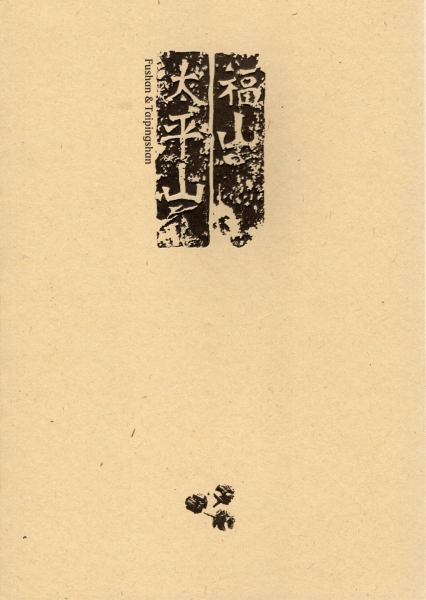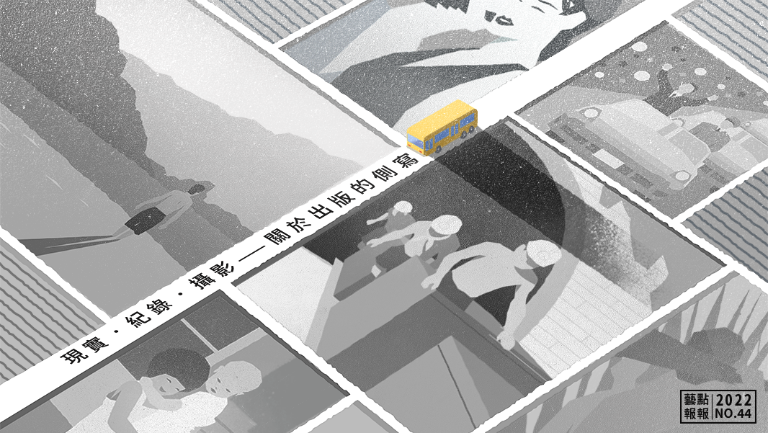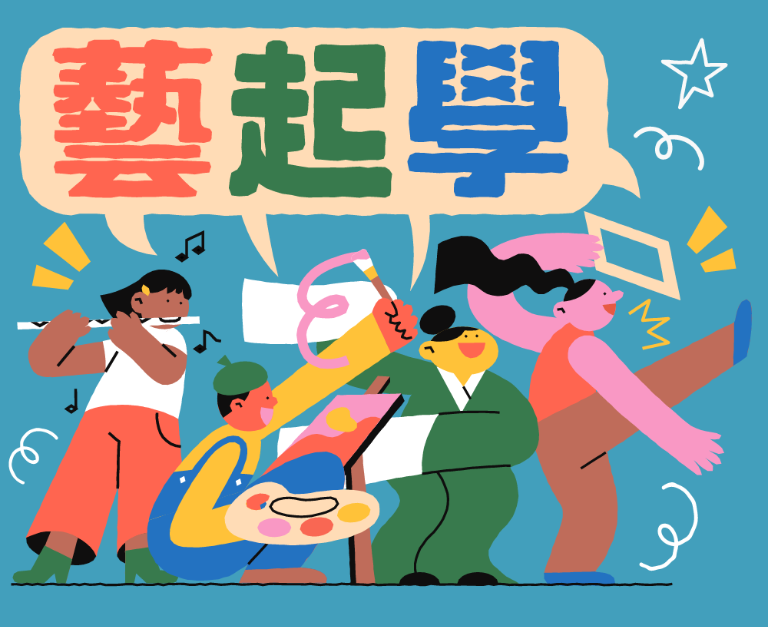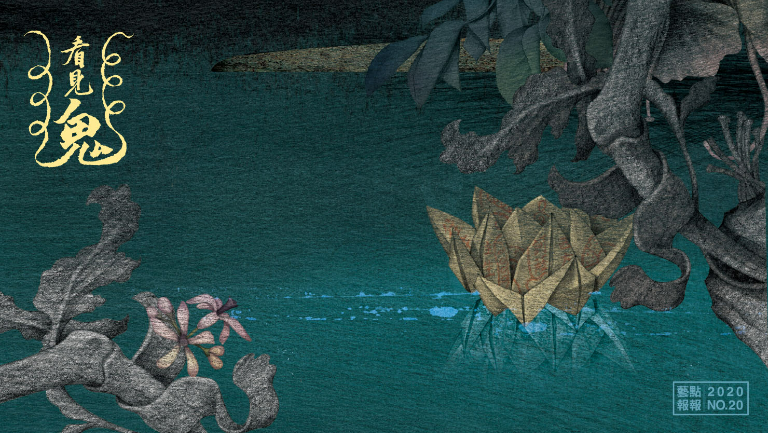Since the pandemic began, masks seem to have become people’s second layer of skin, and some may even feel strange when breathing in unfiltered air when they take off their masks. Alain Corbin, a prominent figure in the history of sensibilities, mentioned in The Foul and the Fragrant that when sanitation began to improve in France by the late 18th century, people’s perceptions and interpretations of scents and smells also started to change, and different scents and smells also began to hold various social implications. Our senses are how we learn about the world, and from wearing an alluring perfume, impressing on the skin a meaningful tattoo, or exploring tantalizing foods, humans conjure up an image of the world through the various gestures and actions we take.
Writings about scents and smells are peculiarly rare, and this is perhaps due to the unique challenges that come with describing them. Taiwanese writer, Lin Wei-Chen, published her second collection of prose at the end of 2022, and in this book titled Lemon Age (青檸色時代), the smell of mixed spices on a Thai restaurant server is described as “being covered in dazzling jewels from head to toe”; and the nonstop sneezes caused by allergy during the change of season are interpreted as prophetic for being the first to sense the changes in the environment. Captivating words are used to depict the moments when various senses, memories, and fantasies manifest themselves.
Compared to scents and smells, writings about sound are more ubiquitous, as suggested by the different onomatopoeia words available, such as “gurgling river,” “chirping birds,” or “rustling leaves.” Sound seems to have formed a unique class of its own in the realm of words. Fushan & Taipingshan by French sound artist, Yannick Dauby, presents a sound narrative comprised of sounds collected throughout many years from the mountains and forests in northeastern Taiwan and also interviews with people who are familiar with the local ecosystem. The medley of sounds from that particular space-time are gathered into this collaborative work co-published with Atelier Hui-Kan, and it brings nature and life’s vitality into our ears.
Some critiques have linked Cézanne’s influence on the development of Modern Art to his change in vision. In the present day, the human race’s dependence or trust on the sense of sight seems to have amplified. Chen Kuan-Yu, a critic who has focused extensively on visual images, is the author behind a project that examines the research and writings of photography criticism, with Chen re-critiquing and writing about other critical essays on photography, which he refers to as “dialogical art criticism.” The project covers various styles of photography, including war photography, street photography, animal photography, and ruins photography, and using a variety of perspectives to discuss and analyze photography, the project puts this art form that relies solely on visual experiences back under the spotlight of art criticism.
Each Modern Gallery has also long been dedicated to the research, exhibition, and promotion of photography. The gallery presented a solo exhibition of the prominent photographer, Ishiuchi Miyako, last year (2022). Born in post-war Japan, Ishiuchi Miyako’s photography focuses on the human body, documenting marks on people’s skin caused by time or war (wrinkles and scars) or remnants of things that were once attached to someone’s skin (lipsticks and clothes). The tactile sensations triggered by the sense of sight and the accompanying emotions and pain that envelop one’s body re-elucidate that photography is an art of space and time.
People’s sense of taste is pervaded by socialization, as we choose to gather over meals for celebrations and make food offerings to show faith and devotion. In the exhibition, DisOrder Exhibition/in Order, the curator Hsu Fong-Ray ingeniously transformed the Hong-gah Museum and a store of the Order System Furniture Company, two completely different spaces, into the exhibition’s sites. Included in the exhibition were the lemon liquor made by Huang Po-Chih for his project, Five Hundred Lemon Trees, and other artworks, such as Snail Dishes Interview Program: Highway No. 9. by Chang En-Man. With people’s taste buds at the center of focus, audience members were invited to savor the stories of different food cultures.
As we now see pandemic-related restrictions lifting and mask mandates being eased, have the human senses and perceptions remained the same as before the pandemic? Complex external stimuli allow for life’s features and substance to accrue, and if we are sensitive and attentive enough, each sensory encounter may become the next novel phenomenon.
*Translator: Hui-Fen Anna Liao







1066X602_1672718844490.png)
